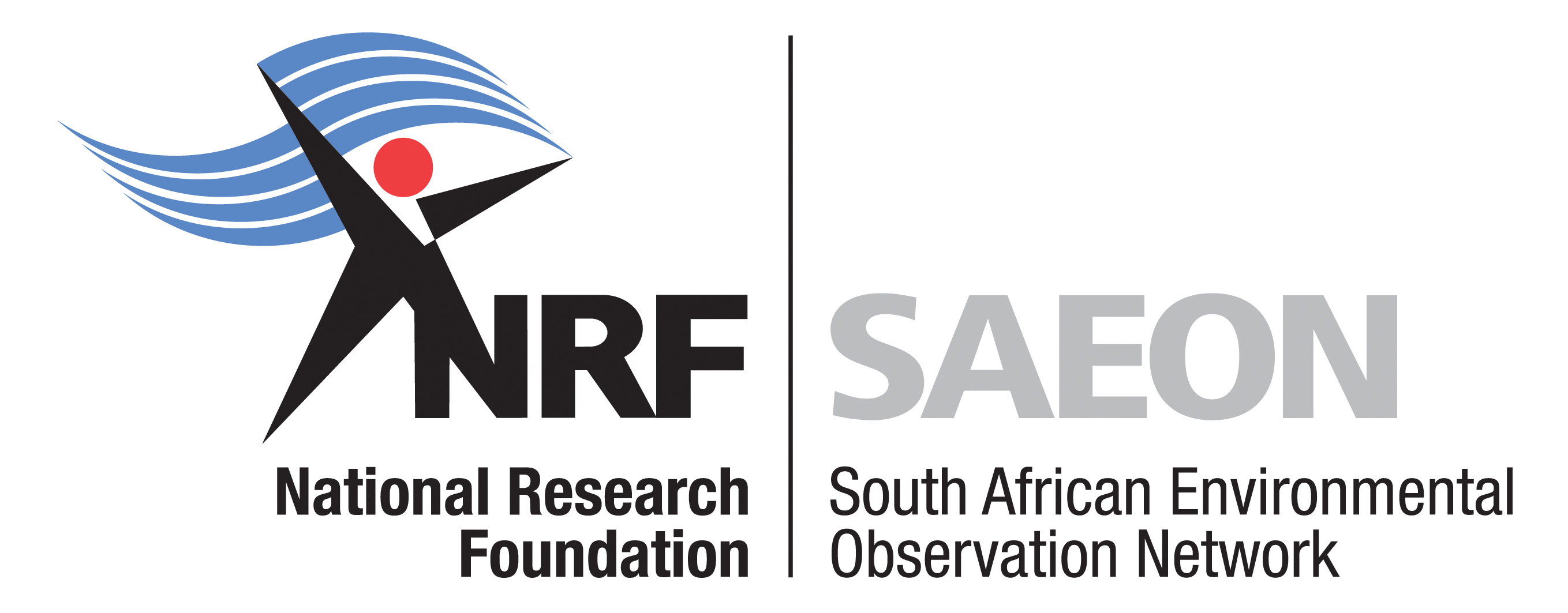eNews
#03 2020
Linking the theory of hydrological modelling to the real world
By Dr Michele Toucher, SAEON Grasslands-Wetlands-Forests Node
- Issue #03 2020 contents
- South African Risk and Vulnerability Atlas releases new portal
- Rare fairy shrimps slumbering beneath the land speed racecourse on Hakskeenpan
- The birds and the bees… and the endangered pepper-bark trees
- EFTEON erects two test sites for hands-on learning
- Marine heatwave in the northern Mozambique Channel and relationship with Tropical Cyclone Kenneth
- Valuing our oceans – A Novel Ocean Accounts Framework for South Africa
- Straying into unfamiliar habitat reveals generality in ecological patterns: The mysterious case of the wet wildebeest
- Message from the MD
- Linking the theory of hydrological modelling to the real world
- A vision taking shape – citizen science in Umhlabuyalingana
- New e-learning tool enables participants to develop scientific competencies
- Kids in Parks
- SAEON in the media
The future is characterised by uncertainty, associated non-stationarity linked to environmental change and the increased complexities in the linkages between human activities, water and other environmental aspects.
To address these complexities, the traditional tool kit of the practicing hydrologist will be insufficient.
There is a growing need for universities to train dynamic hydrologists capable of developing an understanding of the complexities of the whole hydrological system and the individual components, and who are equipped to work in an interdisciplinary framework. To achieve this, field trips are an essential aspect of the undergraduate and, even more so, the postgraduate hydrology training.
Link between the classroom and the real world
In the field, through detailed measurement and experimentation, the theory learnt in the classroom gains meaning, allowing students to gain an in-depth understanding of hydrological processes and components of the hydrological cycle.
However, due to large undergraduate class size and resource constraints, field trips for undergraduate students are limited. Thus, the Honours-level field trips have become increasingly important to address a training gap in linking the theory gained through undergraduate courses to the real world.
This was the case for the University of KwaZulu-Natal (UKZN) Hydrology Honours class who were hosted by the SAEON Grasslands Node at the Cathedral Peak Long-Term Research Platform in March 2020. The class of twelve were accompanied by the course lecturers, Mr Mark Horan and Professor Seifu Kebede Gurmessa.
The research undertaken on the Cathedral Peak catchments over the years has been highly influential in shaping South African hydrology, from process-level understanding and hydrological modelling to water policy. The UKZN Hydrology Honours class was exposed to this research during their undergraduate years, and it will again feature in their Honours year.
For example, the students would have completed a course on South African Water Policy which covers the National Water Act (1998), under which commercial forestry is required to have a water-use licence. This requirement stems from the early research in the Cathedral Peak catchments by Nänni, who showed the negative influence of commercial tree plantations on streamflow.
The students were also exposed to the ACRU (Agricultural Catchments Research Unit) agrohydrological model during their undergraduate courses, and in Honours will undertake an Advance Modelling course where the primary model used is the ACRU model. This model was developed using the Cathedral Peak catchments and data measurements from these catchments by UKZN Emeritus Professor Roland Schulze.
As extensive observed data are available for the Cathedral Peak research catchments, the students will be undertaking their modelling project on these catchments. Therefore, the field trip to these catchments as they were starting with this module was opportune.
Without fieldwork, hydrological modelling undertaken in the classroom environment has the potential to become hydrological truth to the students. Therefore, the orientation of the students to the Cathedral Peak catchments and the fieldwork they undertook to obtain model inputs was highly valuable as it should help prevent the students’ being separated from the realities of the processes they are modelling.
Exposure to interdisciplinary research
In addition, SAEON has designed the research and monitoring platform for these catchments to support multiple disciplines using an integrated systems approach. The students are therefore exposed to interdisciplinary research in the field, and not only to hydrological measurements. To assist with this, a large part of the field trip focused on reading and interpreting patterns from the landscape.
The landscape, vegetation and topographic differences moving from the lived-in landscape below the research catchments to the protected area in which the catchments fall, were discussed from a hydrological and ecological perspective. Water samples were taken in the downstream areas of the catchments, as well as from several points within the catchments for isotopic analysis in the laboratory, which will aid in understanding the sources and paths of water through the catchments.
Infiltration tests were undertaken in a grassland catchment and woody encroached catchment to provide inputs to the model and to aid in understanding how soil and vegetation influence infiltration. These measurements should ideally be repeated in the winter season to understand the seasonal influence.
Erosion is a concern in Cathedral Peak Catchment III due to the degraded nature of the catchment. In July last year (2019) a wildfire swept through the catchment, leaving the catchment barren. The first rains following the fire saw the weir at the catchment outlet silt up; despite cleaning out the weir three times, the rainy season saw the weir silt up again during January and February.
To assist in modelling the sediment load from the catchment, the UKZN Hydrology Honours students undertook a detailed metre-by-metre depth sounding survey of the weir. This will be teamed with the data from the erosion stakes located in a grid across the catchment to provide a picture of the sediment load from the catchment.
As the weir is sedimented up, streamflow observations are no longer being undertaken at Weir III. To provide an estimate of flow that they will require for modelling, the students learnt and undertook simple methods of determining flow, including a cross-section profile with flow plank measurements.
Hands-on experience
When asked what they enjoyed most about the field trip, the responses from the students included “seeing a weir”, “practical experience” and “hands-on experience”. Several commented on the general experience of being in the mountains and being able to drink from the rivers.
Course lecturer Mark Horan added, “Cathedral Peak as an active and accessible research catchment is unique and invaluable in the education of Honours-level students. It provides the all-important link between the classroom and the real world.”
A winter trip to allow the students to see the seasonal contrast has sadly been indefinitely postponed due to Covid-19. Currently the students are using the streamflow and climatic variables that SAEON monitor in the catchments, together with the data they collected, to configure the ACRU agrohydrological model for the catchments, combining their field experience and classroom knowledge.




